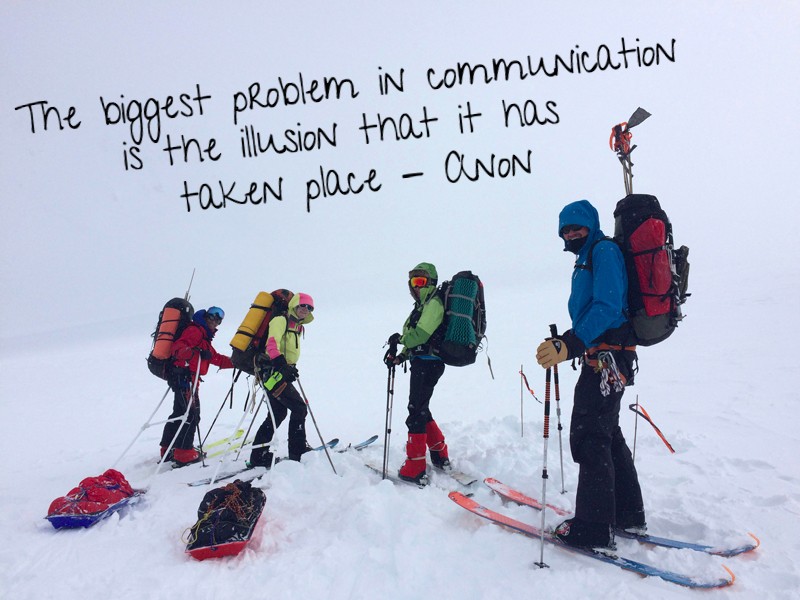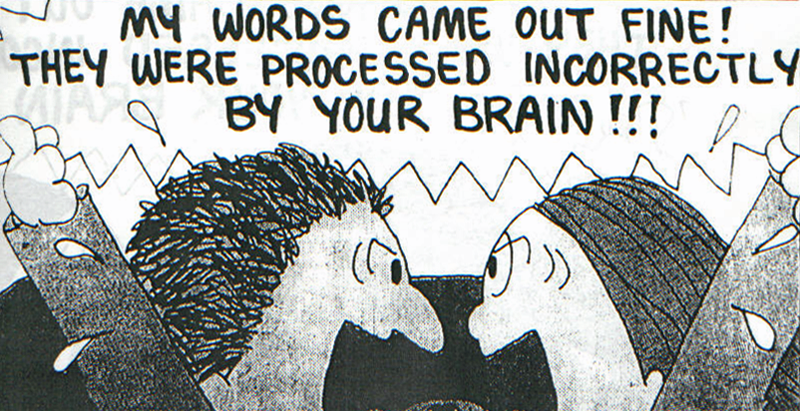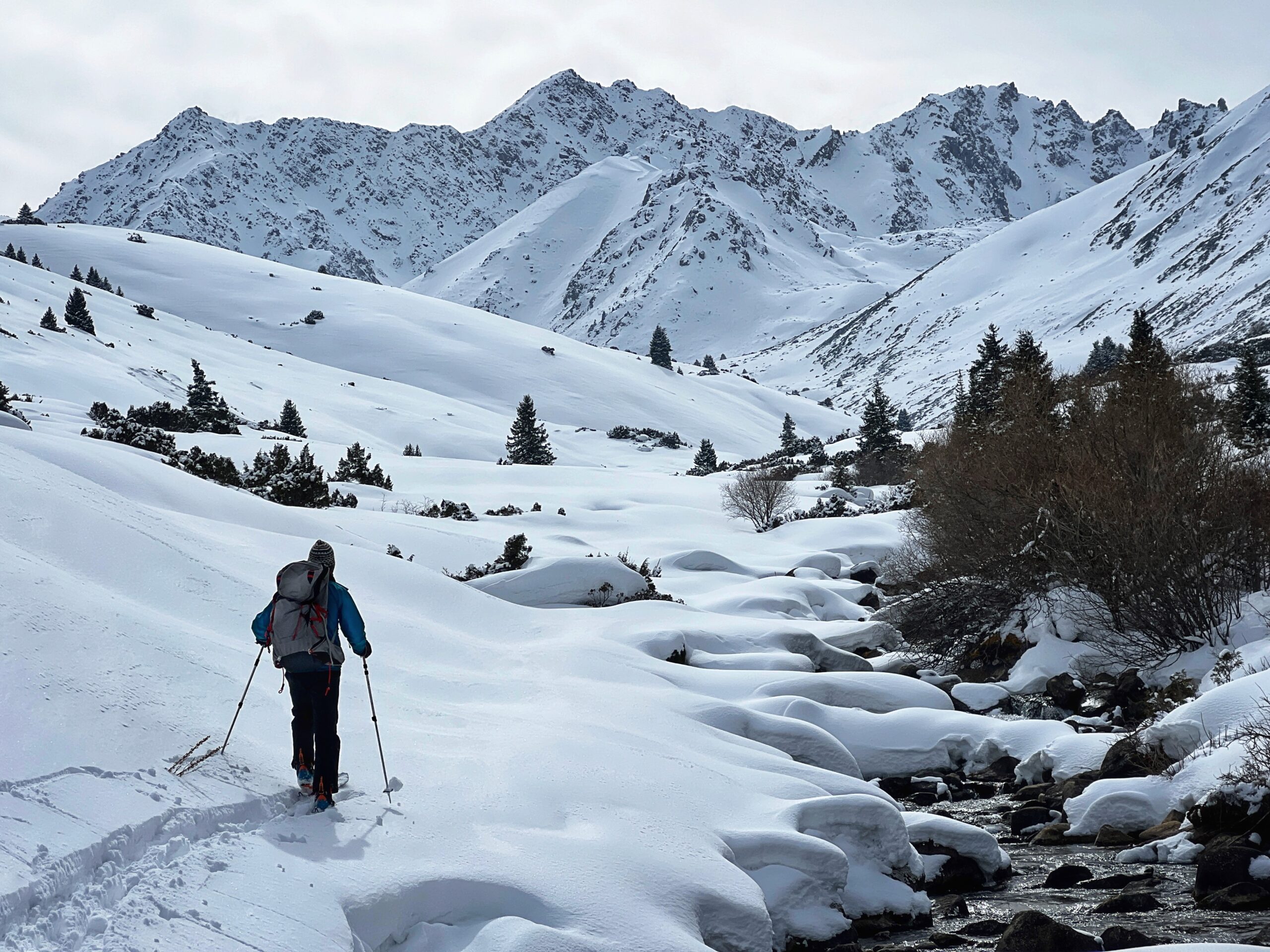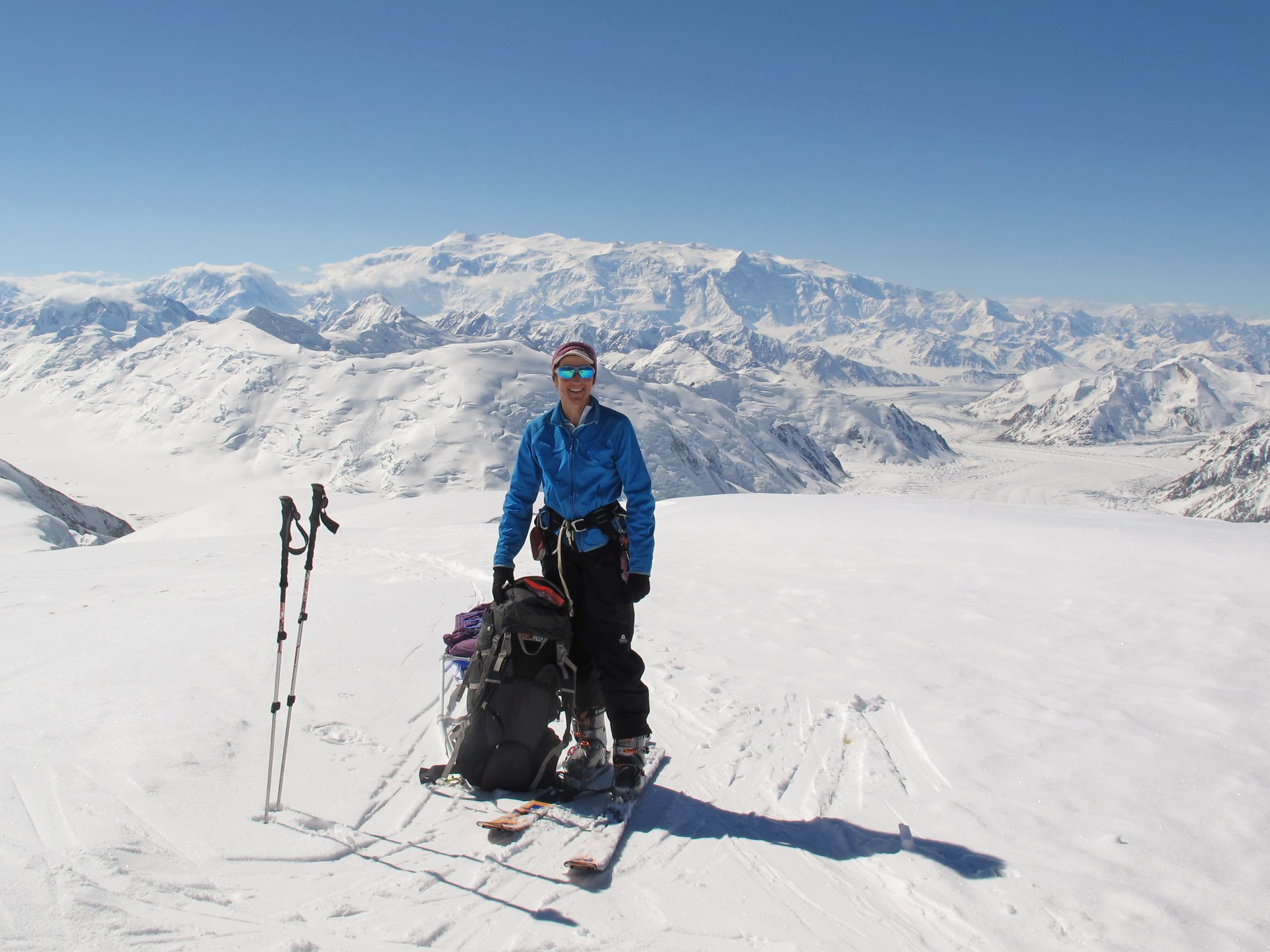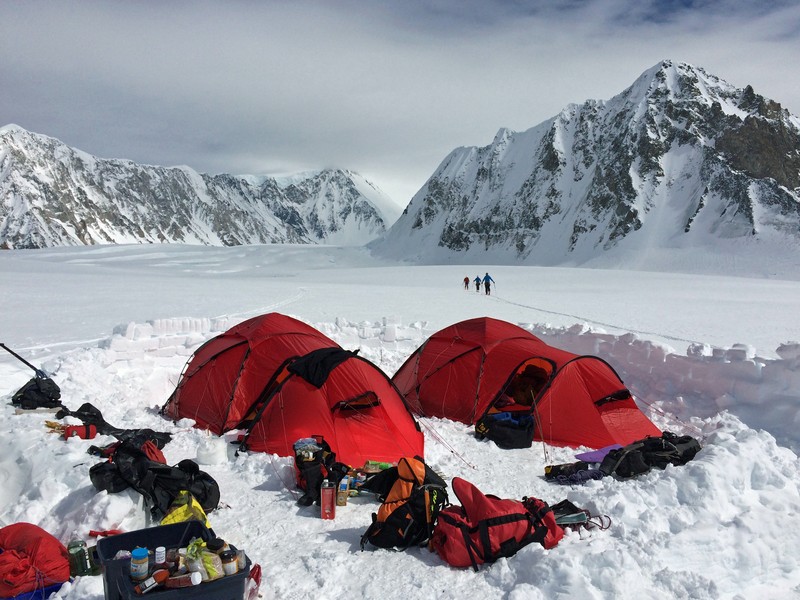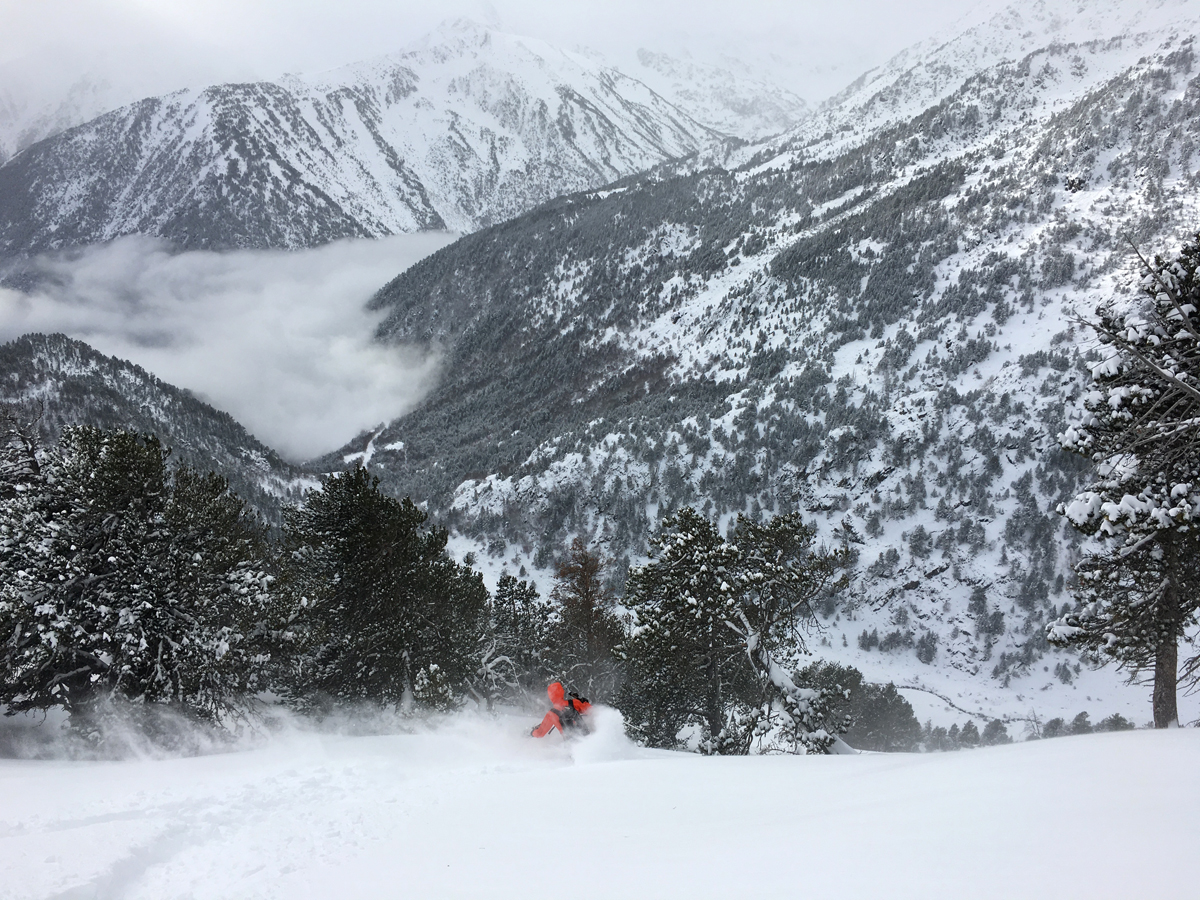One Key Way Communication Breaks Down In Teams and What You Can Do About It
A year ago I reached the summit of Mount Logan, the highest peak in Canada. The most important lesson I learnt from that expedition was the vital importance of clear communication within a team.
“I know you think you understand what you thought I said, but I’m not sure you realize that what you heard is not what I meant.” – mis-attributed to Alan Greenspan, among others
“We won’t move onto the plateau unless we have a reasonable weather forecast.”
For context, the plateau lay at 5000 metres and would be the last obstacle between us and the summit of a mountain notorious for terrible weather. It sounded reasonable, right?
And yet that innocuous statement started the biggest conflict we faced on the expedition I did this spring. We were using the same words, but we didn’t agree on their meaning.
The mountain in question was Mount Logan, 5959m, the second highest in North America. To set up the final camp we had to cross a col and drop down onto the plateau. From there we faced a long climb, fully exposed to the worse of the mountain weather. To escape, we had to climb back up over the col. Climbers trapped on the plateau in bad weather had died. The risk was real.
We were a group of six, members of a ski-touring club, with varied but considerable experience. We’d had a team meeting while still safely down on the valley floor and all agreed that the primary objectives were to have a good time and coming home safely. The safety discussion included that agreement: “We won’t move onto the plateau unless we have a reasonable weather forecast.”
Now we were at camp 4, at 5,300 metres, huddled in two tents dug in behind metre-high snow walls, buffeted by howling wind, taking turns to venture out to dig away the snow that was endlessly building up against the thin fabric walls of the tents. The col – the gateway to the plateau – was just above us and the moment of truth had arrived.
What exactly did we mean by ‘reasonable’? What seemed self-evident in the sunshine down by the shores of Kluane lake was now a source of contention.
For Robert*, reasonable meant perfect – no wind, blue skies – and with no sign of any such forecast in the next week, our expedition was effectively over. For others of us, myself included, buoyed by our success in getting this far, resignedly accepting that no magic weather window lay in our future, reasonable meant whatever wasn’t awful. Winds, cloud, poor visibility – we could deal with some of each or all of it, as long as we were careful.
We had all come a long way and invested a lot of time, money and effort in this project. We were climbing with two of each of the key pieces of equipments – three-man tents, GPSs, sat-comm devices, stoves. We had the capacity to split the team but one person could not safely descend alone.
In groups with glaring cultural differences it is much more obvious that time needs to be spent checking that underlying assumptions are not skewing communication. Blinded by our apparent similarity of experience and culture, we’d not thought to dig into what we meant by ‘reasonable’.
How can you clarify concepts that are mostly easily explained by ‘I’ll know it when I see it’? Asking people to tell stories around the concept in question helps. We could have asked each person to give an example of a time when the weather was so bad they decided to turn back from their objective.
But even with more clarity from each individual, that fact remains that ‘reasonable’ is a subjective concept. And one that we were arguing about without any truly objective information. Weather forecasts are only truly reliable within a 48 hour window and became even less so at high altitudes in remote locations. And the outcomes of the weather depends on us – the state of our equipment and of ourselves, mentally and physically.
Our choice will always be a best guess. Try as we might to be factual, emotion and judgement creep in. For those of us who wanted to continue, Robert was giving up too easily, lacking determination. For Robert, we were too pushy, being reckless.
We spent a day arguing in circles over what counted as sufficiently good conditions, and what kind of weather report would satisfy Robert before finally beginning to realise that weather was no longer (and maybe had never been) the real issue. Robert wanted to go home, and go home now.
Once it became clear that Robert wouldn’t even come to the top camp and support our summit bid, but was determined to leave, without explanation, the undertone of judgement became stronger and nastier. Someone else had to lose their summit chance to accompany Robert down. His choices felt weak and selfish. Already frustrated, the argument over what to do became increasingly emotionally loaded.
Time spent arguing takes a toll whatever the final outcome. The period of uncertainty and frustration undermines confidence and motivation within the group. It pays to drill down to the real issue as quickly as possible, not be distracted by arguing over peripheral details.
We needed to steer the group towards a consensus and away from mutual blaming, and that steering role is normally done by the leader. To be a ‘leader’ on a team like ours does not mean having final authority. The leader is generally the person who came up with the idea and did much of the planning. We were on the mountain of our own free will, on ‘holiday’, paying our own way, taking some serious risks. Team members have to be persuaded into consensus.
Our problem was that Robert was the leader, he was the one who had chosen this mountain. So the argument about what to do next wobbled along without anyone else stepping into the guiding role.
Our process might have been quicker and less painful if we’d had an acknowledged deputy, someone we has all agreed would step up in any situation where the leader could not.
Two days into an ongoing argument, the issue was finally becoming clear. Robert was determined to leave. Someone else had to go down with him. Of the five remaining, three were highly motivated to go on – we were also the three most experienced on the team. Two were tired and cold, unsure how much more effort and risk they wanted to embrace. So did we draw straws, and so potentially weaken the summit team by sending one of our best members down with Robert? Or did we pass judgement on each other and declare who was the weakest and so could most easily be sacrificed?
More rigorous contingency planning beforehand would have helped. We assumed everyone would want go to the top given decent conditions. We happily agreed that some or all of us would descend if anyone was injured or ill. But we ignored the large grey area between those two extremes, the idea that people might simply lose their motivation. It’s uncomfortable to do that kind of planning in a small group and very easy to skip over the emotionally awkward scenarios in favour of more dramatic events which have clearer solutions.
We did finally arrive at the best solution – the least motivated of the final five volunteered to go down with Robert, and the four of us who remained squeezed into a 3-man tent and successfully reached the top in cloud and howling wind. Sadly the day before had been a perfect summit day and we had missed it in the the time-consuming multi-day process of reaching a conclusion. The team had not broken but the bruises left by the conflict lingered through the rest of the expedition.
*Robert’s name has been changed to protect his privacy.
What would have helped us handle the situation more effectively?
1. Using stories to interrogate meaning and reveal underlying assumptions – asking people about conditions that had led them to give up on projects before.
2. Establishing a chain of leadership, who would step in to take the leader’s role as ‘chairman’.
3. Remembering that problems exist in layers, and drilling down more quickly to find the core of the issue.
4. Working through potential scenarios beforehand, including the emotionally awkward grey area problems.


